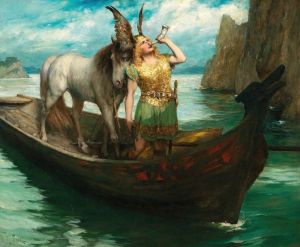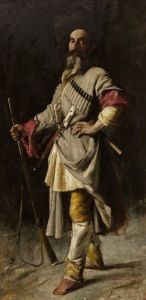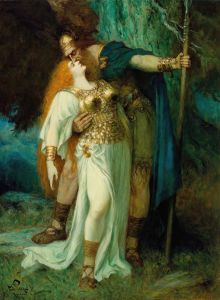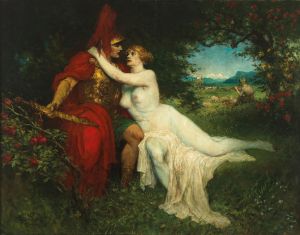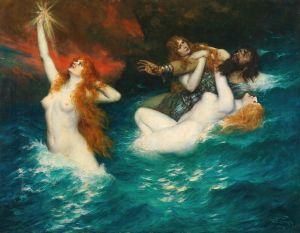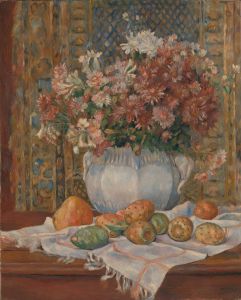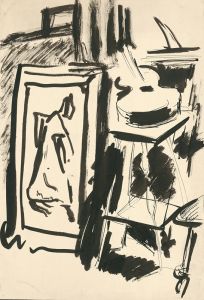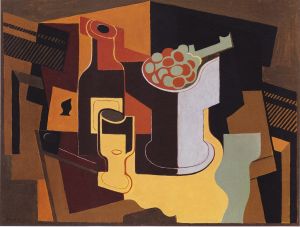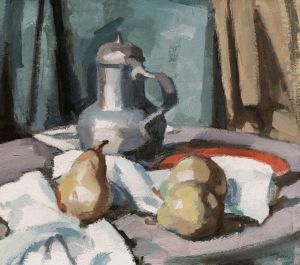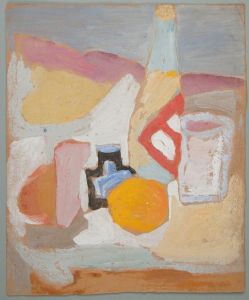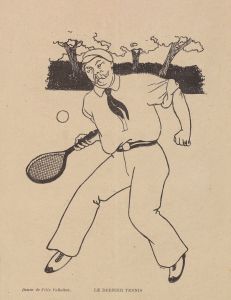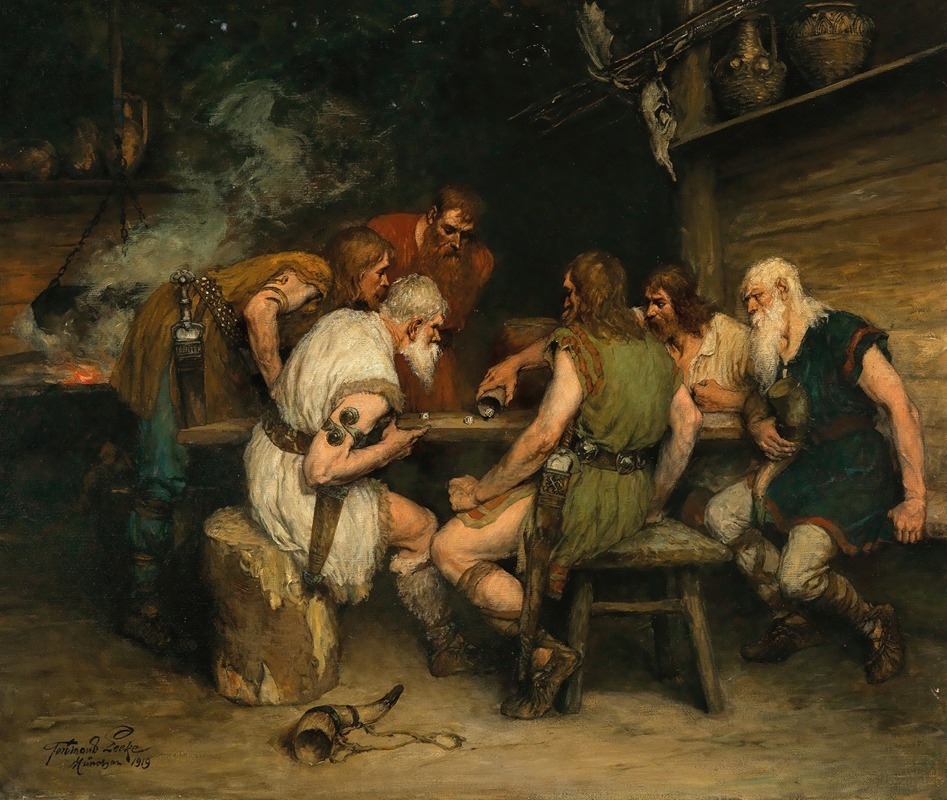
A Game of Dice
A hand-painted replica of Ferdinand Leeke’s masterpiece A Game of Dice, meticulously crafted by professional artists to capture the true essence of the original. Each piece is created with museum-quality canvas and rare mineral pigments, carefully painted by experienced artists with delicate brushstrokes and rich, layered colors to perfectly recreate the texture of the original artwork. Unlike machine-printed reproductions, this hand-painted version brings the painting to life, infused with the artist’s emotions and skill in every stroke. Whether for personal collection or home decoration, it instantly elevates the artistic atmosphere of any space.
Ferdinand Leeke (1859–1923) was a German painter known for his works that often depicted mythological, historical, and literary themes. One of his notable paintings, A Game of Dice, showcases his characteristic style of romanticism and attention to detail. The painting portrays a scene of individuals engaged in a game of dice, a pastime that has been historically associated with both leisure and chance.
Leeke's works were heavily influenced by the cultural and artistic movements of his time, and he often drew inspiration from classical literature and mythology. While specific details about A Game of Dice are scarce, it is consistent with Leeke's broader oeuvre, which frequently explored themes of human interaction, drama, and storytelling. His ability to capture the nuances of expression and atmosphere is evident in this piece, as in many of his other works.
Leeke studied at the Academy of Fine Arts in Munich, where he was trained under notable artists such as Wilhelm von Diez. His education and exposure to the Munich School of painting shaped his artistic approach, emphasizing realism combined with romantic and idealized elements. Throughout his career, Leeke gained recognition for his illustrations of Richard Wagner's operas, which remain some of his most celebrated contributions to art.
Although A Game of Dice is not as widely documented or discussed as some of his other works, it reflects Leeke's skill in creating engaging and visually rich compositions. The painting likely draws on historical or allegorical themes, as was common in his body of work. However, without further documentation or analysis, specific interpretations of the painting's narrative or symbolism remain speculative.
Ferdinand Leeke's legacy as an artist lies in his ability to blend technical precision with imaginative storytelling. His paintings continue to be appreciated for their aesthetic qualities and their ability to evoke a sense of timelessness.





